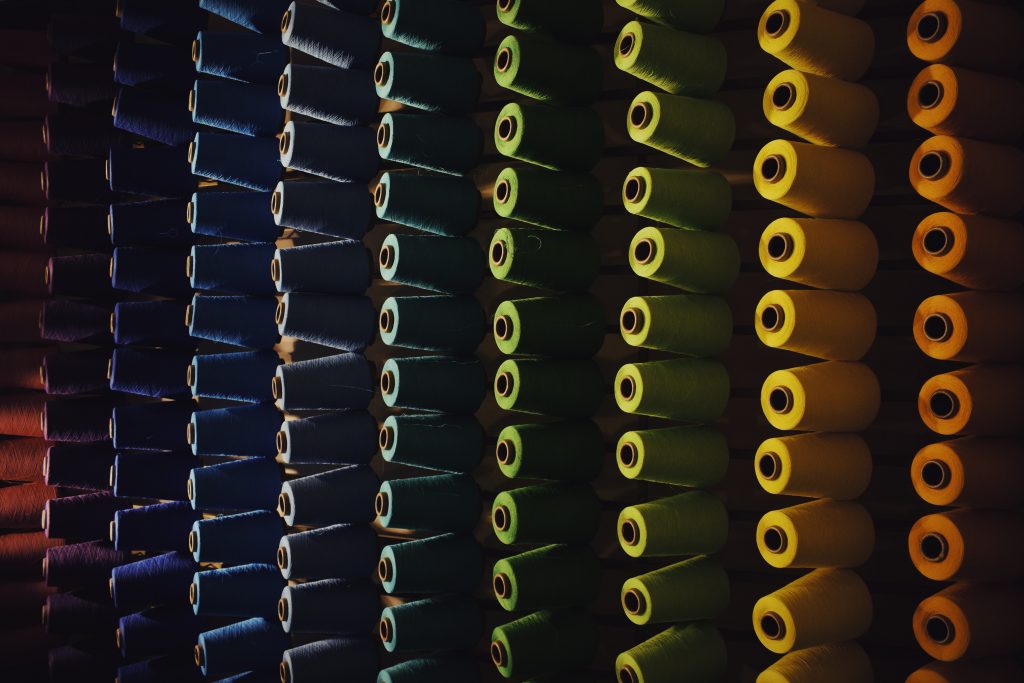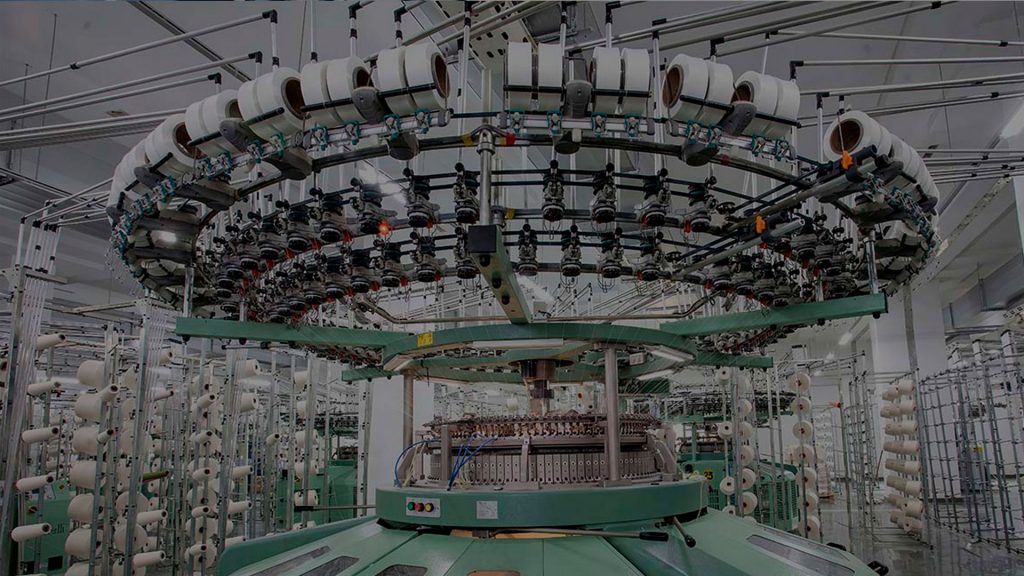Types of safety clothes for work. Which one is right for your company?
Among the different categories of work clothing available on the market, whose purpose is to protect workers in different work environments, we can highlight the following workwear and uniforms manufacturing types:
- Technical workwear
- Fire protective clothing
- Protective clothing against rain and cold
- Radiation protective clothing
- Protective clothing against chemicals
- Reflective safety clothing
The best materials for workwear and uniforms
The choice of the best fabrics for the manufacture of clothing for work uniforms will depend on the climatic conditions, the requirements of comfort, durability, impermeability, etc. Among the most recommended materials for workwear and uniforms manufacturing, we select the following:
- Cotton is a soft and comfortable fabric that adjusts well to the skin, making it suitable for office uniforms or clothing used in customer service.
- Polyester is a durable and wear-resistant fabric, making it suitable for work with a high level of activity.
- The nylon is a waterproof and windproof fabric, thus it is a recommended fabric for outdoor activities.
- Flannel refers to a soft, warm fabric that retains heat, making it suitable for work uniforms in cold environments.
- Lyocell is a type of fabric that is soft, breathable and wrinkle resistant, making it suitable for work uniforms in hot and humid environments.
- Spandex is a stretchy, comfortable fabric that fits well against the skin, making it suitable for workwear that allows for high mobility.
Workwear and uniforms manufacturing: how to choose the best option for your company
Safety clothing for work is a type of personal protective equipment (PPE) that is made up of different elements. Depending on the functions of the employees and the level of exposure, they will require the employment of a greater or lesser number of safety garments during their workday;
Reflective vests
They are high-visibility vests used to improve worker safety in low-light environments or where workers must be seen from afar and are required to wear high-visibility clothing.Safety Coveralls
They are garments that cover the entire body and are used to protect workers against hazardous substances, chemicals, heat and other hazards in the workplace.Safety pants and shirts
These are high visibility pants and shirts that are resistant to cuts, abrasions and other hazards in the workplace.Safety footwear
Safety shoes are designed to protect workers against risks such as cuts, punctures, slips and falls.Safety Gloves
Safety gloves are designed to protect the hands against risks such as cuts, punctures, burns, and exposure to hazardous substances.
Legal requirements you should know about safety clothes for workers
All garments must pass the certifications required for their commercialization, but when we talk about personal protective equipment, certain specific quality standards and certificates are required for work safety clothing to pass all the necessary tests to comply with the main function with which it is designed; protect.
CE: This European certificate indicates that the PPE meets the health and safety requirements demanded by the European Union. EN: European standard for PPE covering a wide range of products, including protective backpacks.
OSHA: The United States Occupational Safety and Health Agency (OSHA) requires that PPE meet certain safety standards to protect workers in the workplace.
ANSI: The American National Standards Institute (ANSI) sets safety standards for PPE used in the United States.
CSA: The Canadian Safety Association (CSA) is a safety certification organization that provides certification for PPE used in Canada and other countries.
It is important to ensure that the PPE you intend to use meets the appropriate standards and certificates to ensure its safety and effectiveness. In addition, it is important to follow the instructions and recommended use procedures to maximize your protection.
Why is it important to wear safety clothes at work?
Comfort is an important factor to consider when choosing the manufacture of work clothes, since it can affect the productivity and well-being of workers. It’s important to take into account that its design has to be comfortable for long working hours, as well as the materials chosen must have high durability and quality.
Aspects to take into account when choosing the manufacturing process for industrial safety clothing, chemical resistant safety clothing or UV protection safety clothing.
- High-quality fabric.
- Proper fit.
- Room for extra layers.
- Flat seams.
- Elastic waistband and cuffs.
- Reflective features.





